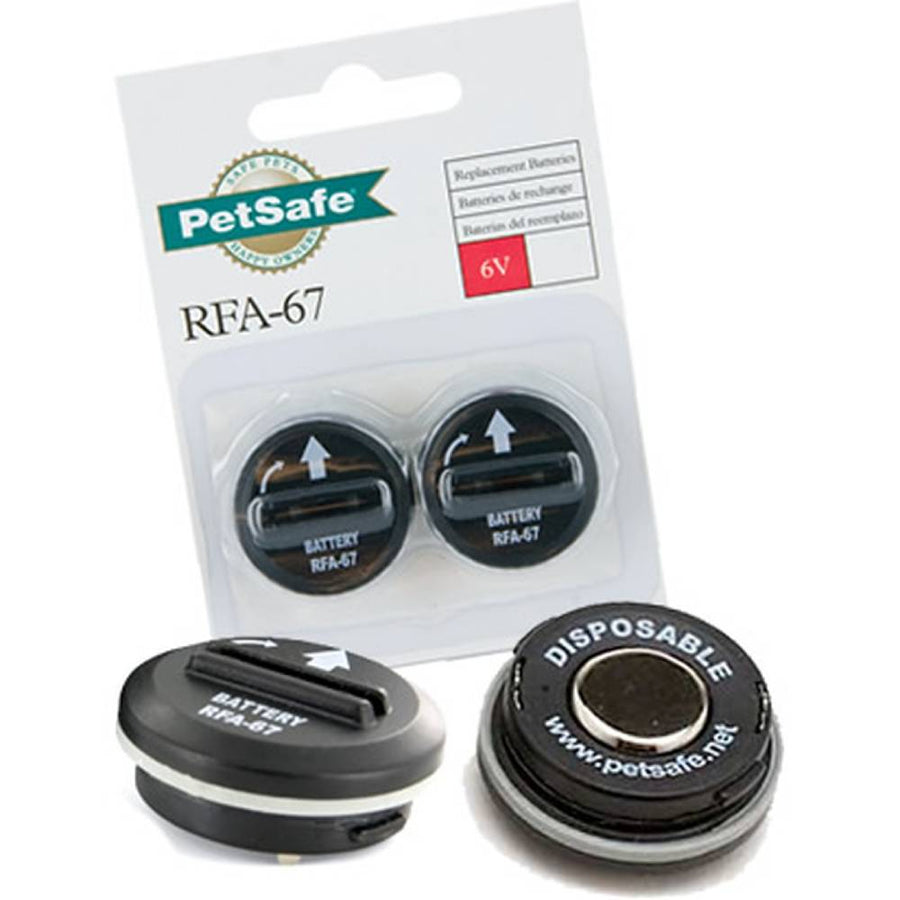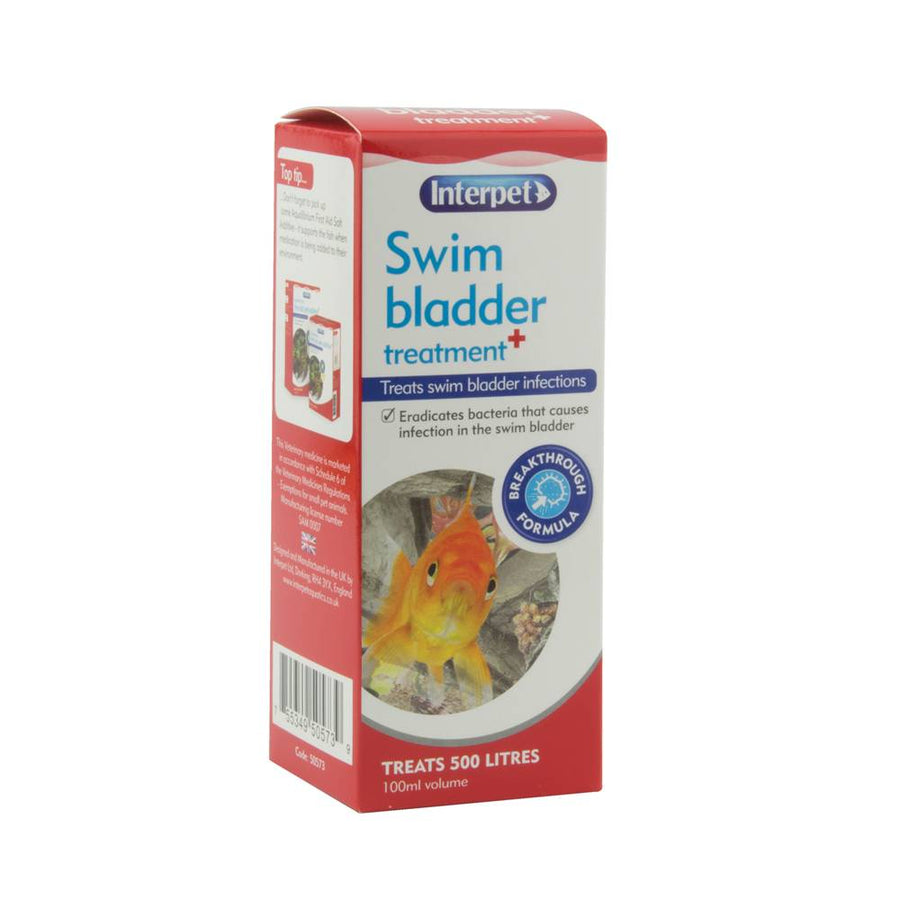Running with your dog
Global Running Day is on the 1st of June. The aim is to get people running. The truly dedicated pledge a certain amount in May and then probably run a marathon or three or twenty-seven if you’re Eddie Izzard. Most people are not Eddie Izzard.
Dogs are great partners for running - when they’re not trying to trip you up or take you for a run. So why not take advantage of Global Running Day to bond with your dog? It’s a great exercise for both of you.
While dogs always seem like natural runners, it’s always important to train your dog to run with you, not only to build up their stamina but to encourage good habits.
First, ascertain if your dog is in good running shape. Older dogs and young pups often have bone issues. For the young, their bones are still developing and aren’t strong enough. Older dogs, like older people, often have weaker joints and bones prone to breakage, not to mention respiratory issues that can make running more of a chore than an enjoyment. So don’t put your dog under unnecessary strain.
Take your time
Train a dog to run much like you’d train a person. You are not going to immediately put on running shoes and do a marathon - why on earth would you expect your dog to start off at your pace? Take it slow and build up your distance. Begin with ten minutes and add ten minutes every week until you reach your target distance. This helps strengthen your dog’s bones and muscles and lowers the chance of injury. Eventually, your dog will adapt to your pace but it will take time and training. Yes, it will be frustrating. If your dog is active, they will probably want to lunge into a sprint and you’ll fight to hold them in place. Or they might be slow and get distracted by a sudden scent and yank your arm out of its socket. Frustrating to be sure, but part of the training process. Remember potty training, and how you thought you’d finally got it and then your pup found the tiniest hole behind the back of the TV when you were out of the room and you didn’t catch it until you smelled it? But now look at them, all grown up and standing patiently at the door or signalling when they need to go outside and take care of business. It takes a bit of time but you will get there. As with any exercise, remember to warm up. A bit of walking to loosen the limbs can work wonders and, again, helps lessen the chance of injuries.Leash training
Leash training is important. If your dog pulls on the leash, you’ll find running with them difficult. See above for examples. So shorten your leash so that your dog has to stay beside you. There will be a bit of tugging and strain, but eventually, through practice, you’ll train your dog to run alongside you - and if you do the same with walking, everything will be easier. More importantly, the right equipment can help. Use a harness when running with your dog to prevent injury and take the strain away from your dog’s neck. A running lead is a great investment. These leads are attached to waist belts which keep your hands free while making your run as comfortable as possible for both you and your dog. Once you’re properly equipped, choose a target distance, 5k or 10k and steadily build your running up until you reach it and then keep running. Remember to take days off to let your dog recuperate, especially at the start. When you do start to run longer distances, you’ll need to schedule in water breaks and deal with their toilet issues. You can bring a poop bag dispenser with you or if you get your dog to go before and after the run, they’ll be less likely to go during the run. Remember to carry a light and wear reflective gear if you run at night. A few quick dos and don’ts.- Do make sure to check your dog’s paws for injuries after a run and before, to make sure they haven’t cut themselves.
- Don’t ignore warning signs either, if your dog stops running, don’t continue dragging them. If they’re showing signs of overheating, take them to a shaded area and give them cool or tepid water - ice water could be too extreme and make them vomit.
- Don’t go running with your dog on a hot day - should that occurrence ever happen in Ireland. Do wait before you give your dog a treat after running. After strenuous exercise like running, your dog won’t feel like eating and neither will you. Just wait until you settle before you fix yourself a snack and get your dog a treat.
More from:
dogs







